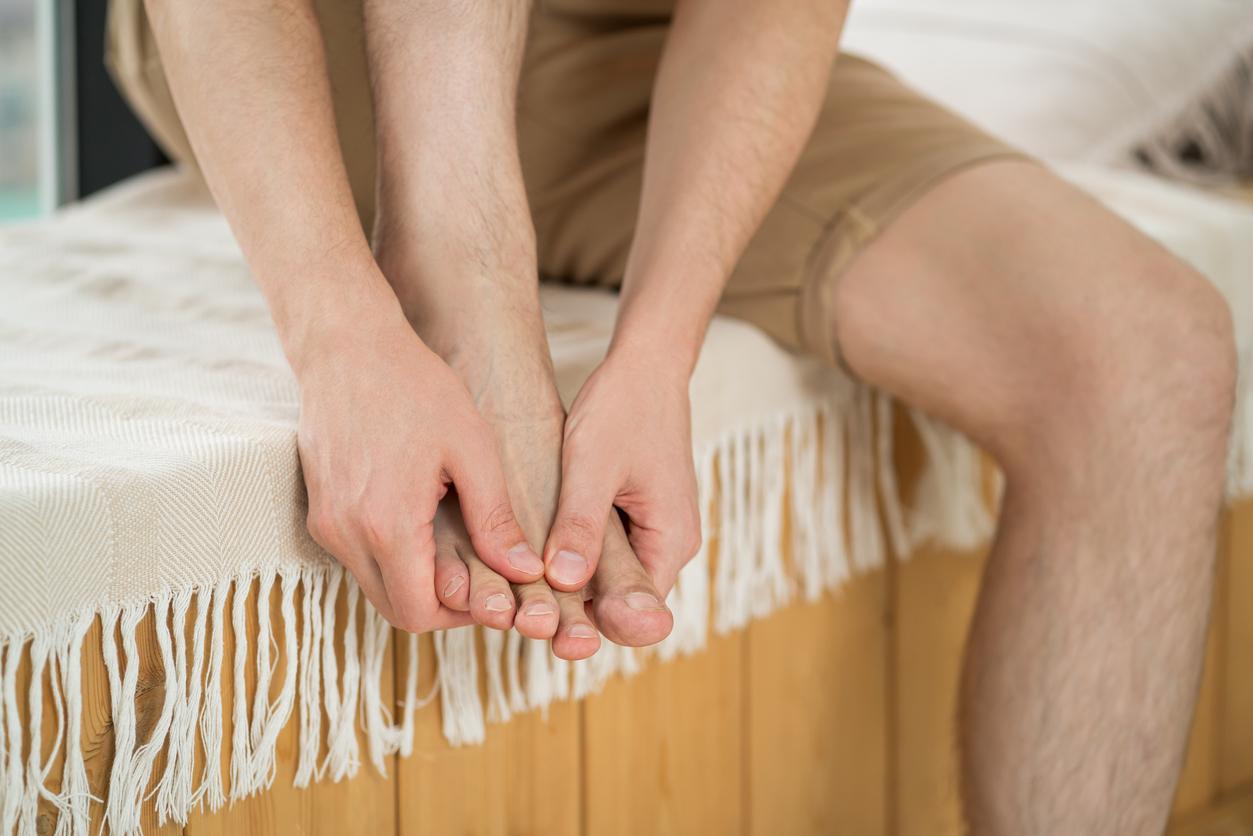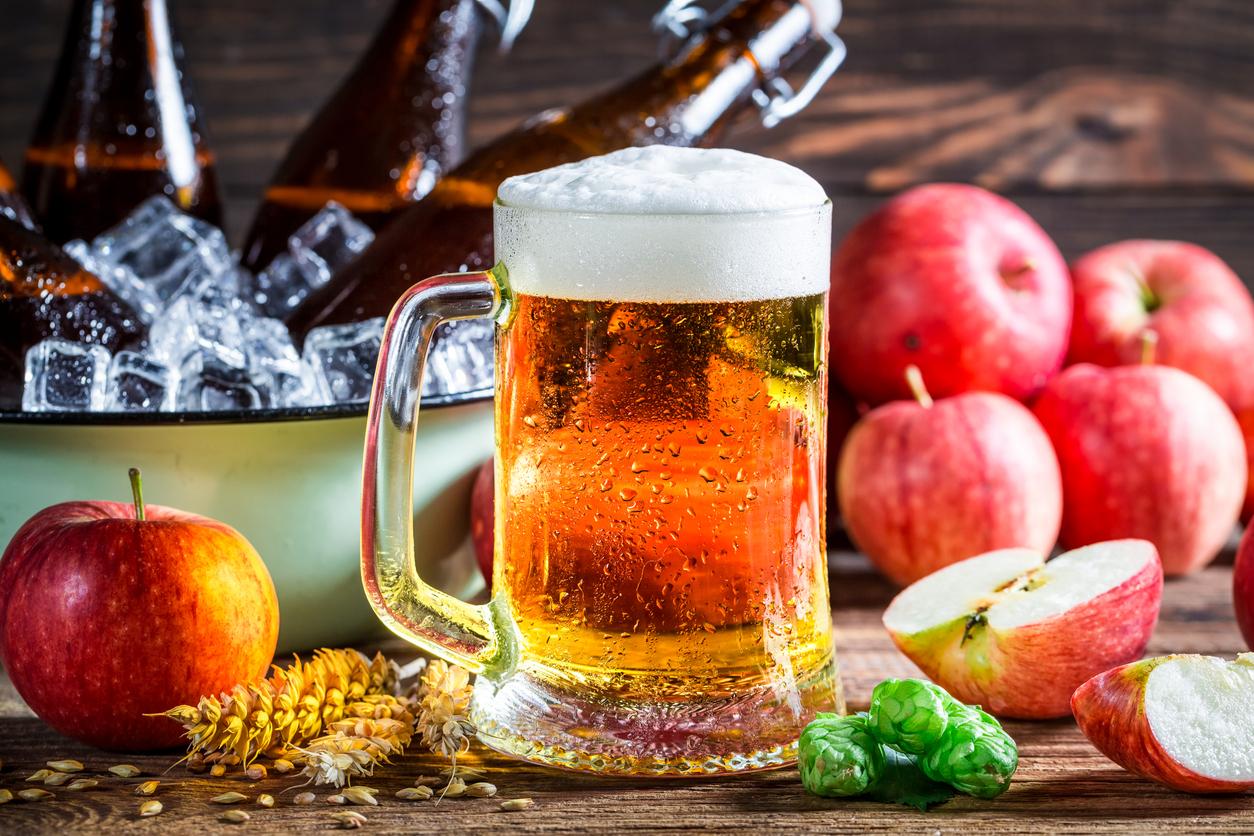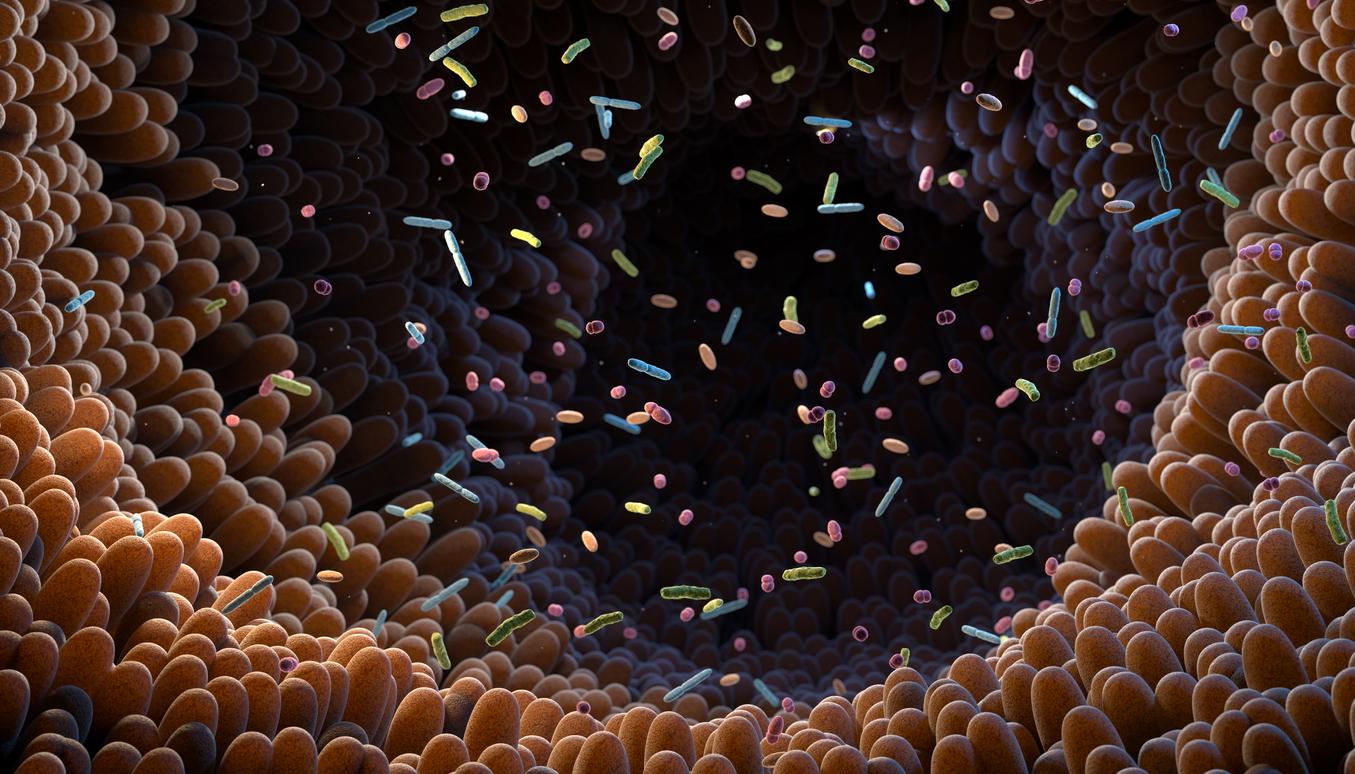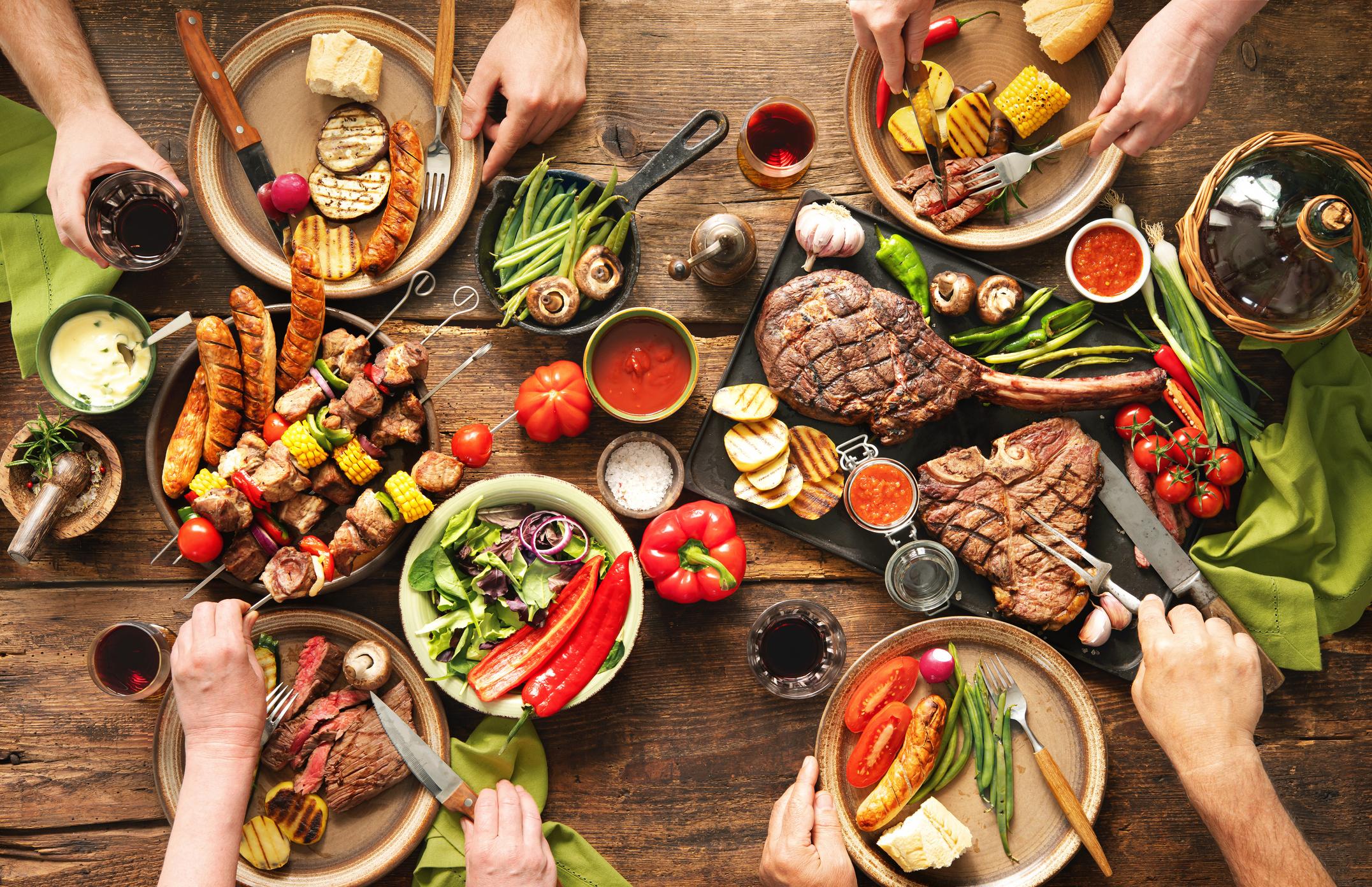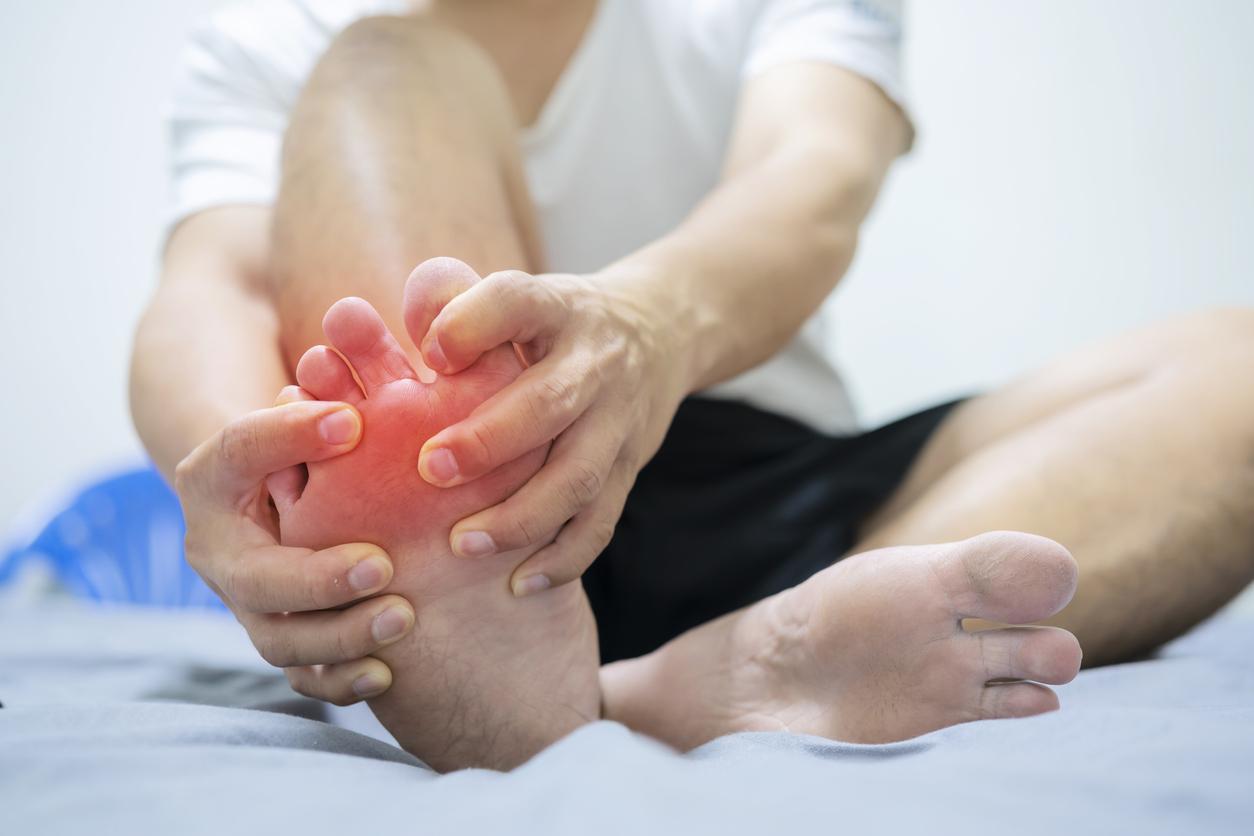It used to be called the disease of kings. Centuries later, the drop, a disease that we thought was buried, is making a remarkable comeback. It would always affect the “bons vivants” and would be linked to our current way of life: a diet too richa excessive consumption of alcohol and too big sedentary lifestyle. Gout is a form of arthritis that occurs as a reaction to abnormally high levels of uric acid in the blood. This hyperuricemia results in the development of uric acid crystals, particularly in the joints, such as the big toe. The big toe is then swollen, red and very painful, to the point that it is difficult to touch it.
Australian researchers conducted a comparative study of the course of the disease in New Zealand compared to England over a 10-year period, from 1999 to 2009.
They observed an upsurge in emergency room admissions for gout, as shown in their study published in the journal Rheumatology. In England, for example, they rose from 1,875 to 3,496, an increase of more than 7% per year. This is more than in New Zealand, where the increase is 5.5% per year.
Anthony James, professor of neuro-rheumatology at Manchester University is not surprised by these figures. He tells the Independent: “Cases of gout are rising mainly because of bad habits. We drink too much, eat poorly and exercise little and are overweight.” The pleasures of the table as well as alcohol (beer, whiskey, gin, vodka, rum) are indeed risk factors.
To limit the risks, we go easy on beer, the drink par excellence which increases the level of uric acid responsible for hyperuricemia. We also calm the game on the food side: we avoid repeated excesses since too much caloric intake increases the level of uric acid in the blood. We also limit the excess of offal, white and red meats, fish and seafood which in overconsumption increase the level of uric acid.










